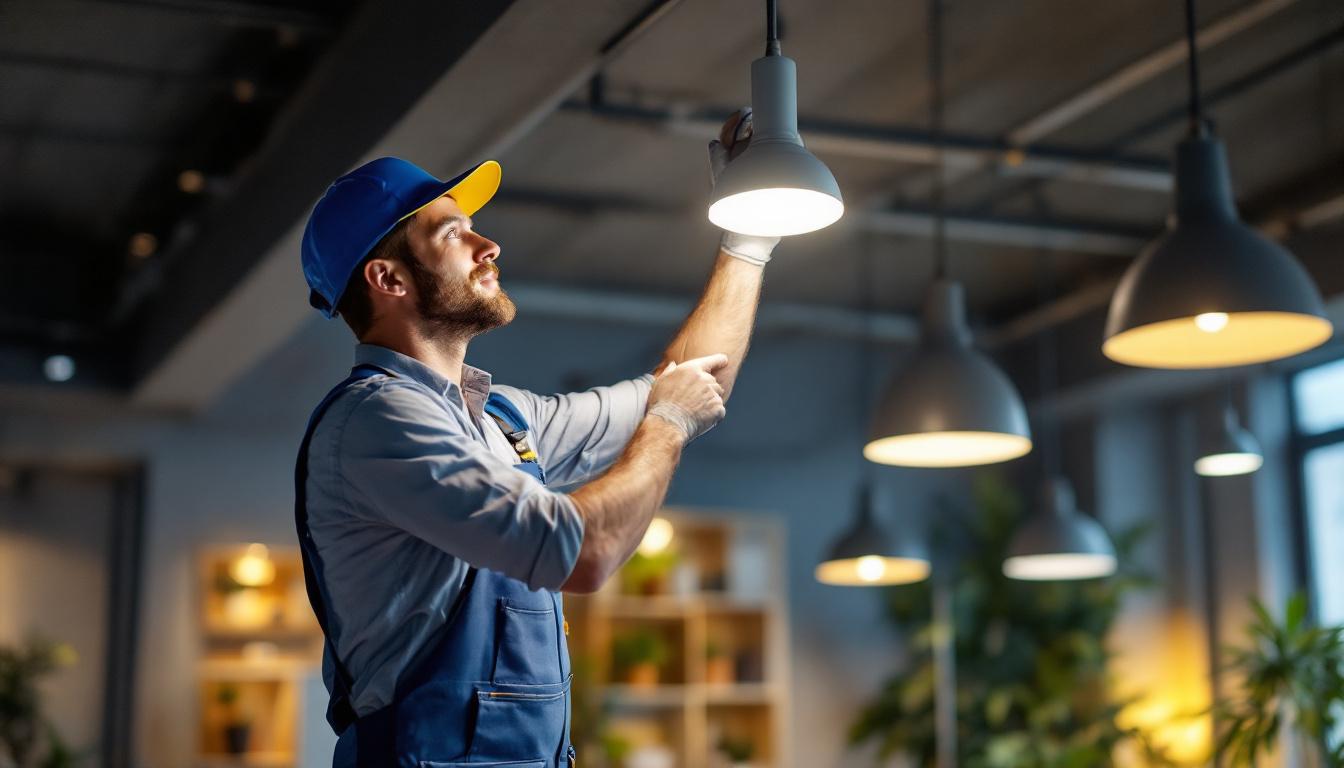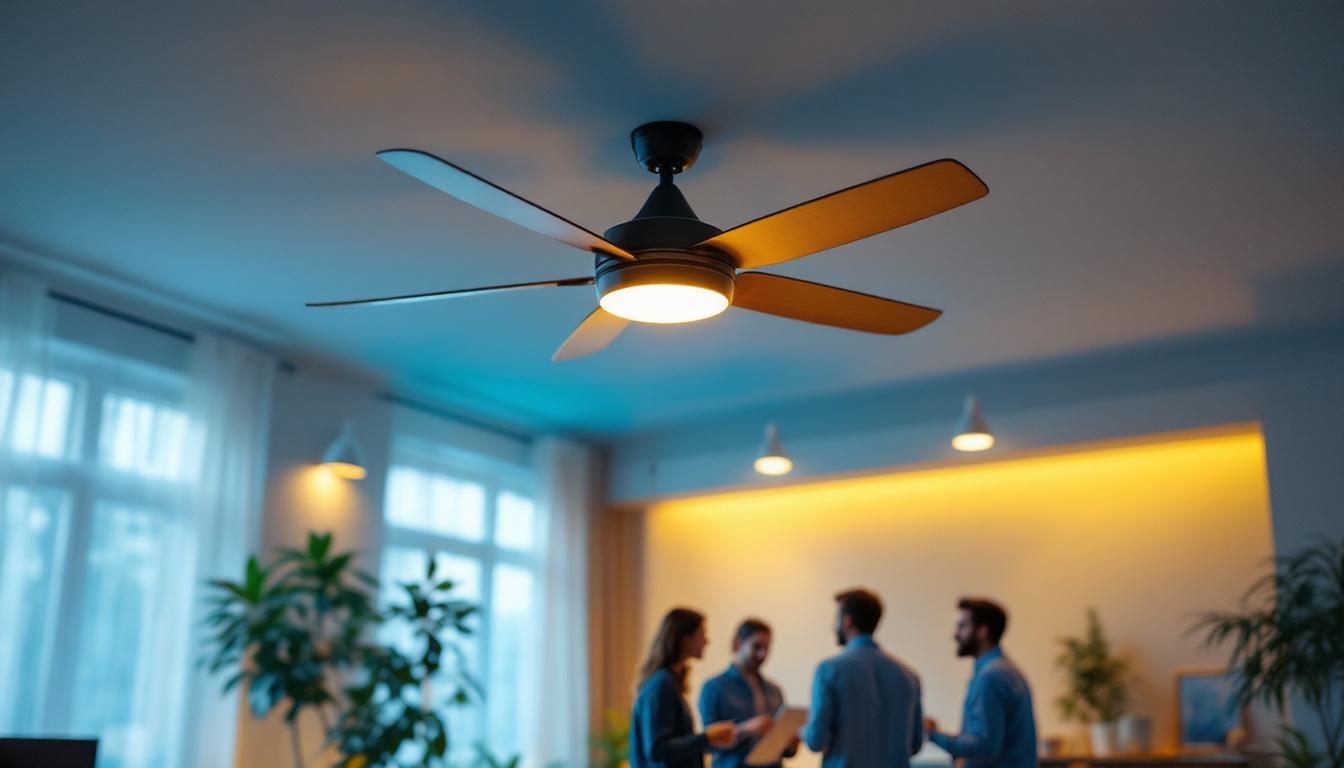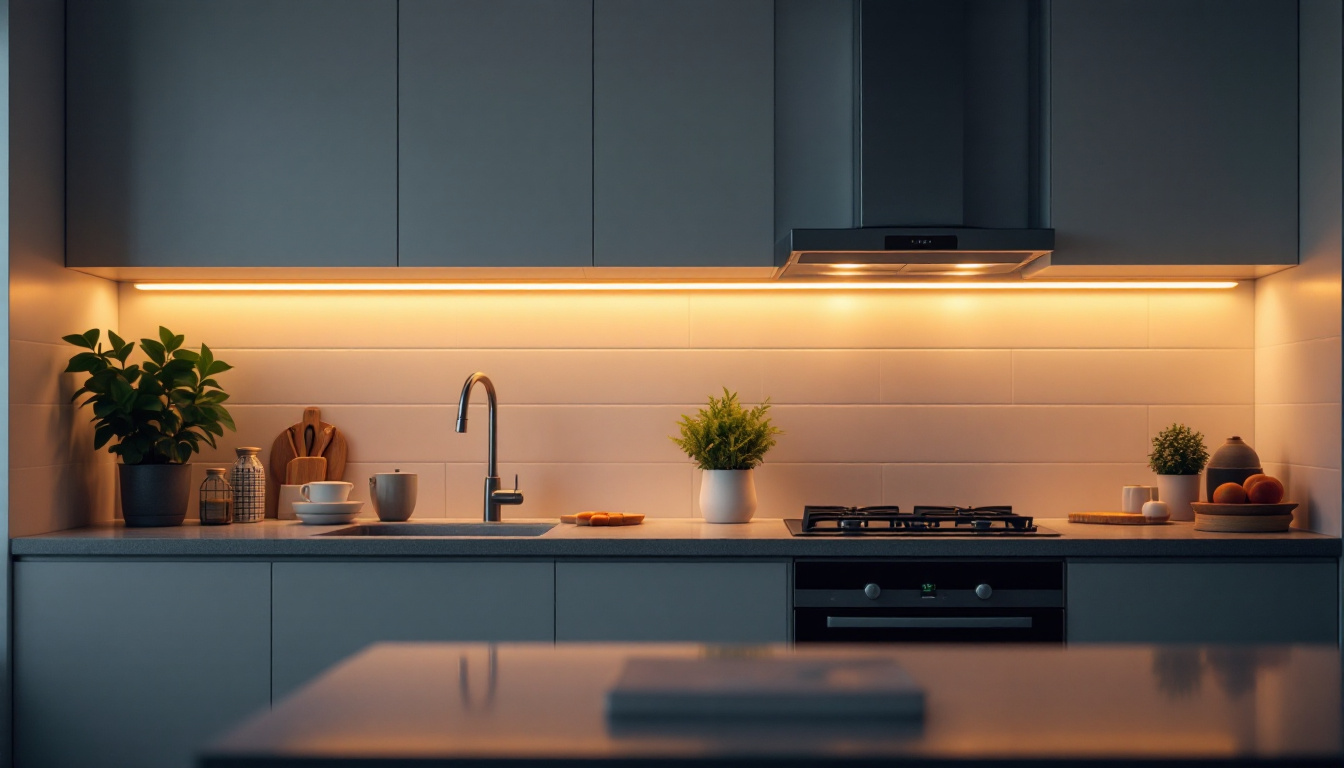
The lighting industry is constantly evolving, with new technologies and trends emerging regularly. For lighting contractors, staying informed about these changes is crucial to providing the best service to clients and maintaining a competitive edge. This article explores the latest trends in normal light bulbs that every lighting contractor should be aware of, from energy efficiency to smart lighting solutions.
As environmental concerns rise, the demand for energy-efficient lighting solutions has become more pronounced. Normal light bulbs, particularly LED options, are at the forefront of this trend. The shift towards energy-efficient lighting is not just a passing fad; it reflects a broader societal movement towards sustainability and responsible consumption. As consumers become more aware of their carbon footprints, they are increasingly seeking out products that align with their values, making energy-efficient lighting not only a smart choice but also a socially responsible one.
LED bulbs have gained immense popularity due to their low energy consumption and long lifespan. Unlike traditional incandescent bulbs, which waste a significant amount of energy as heat, LEDs convert a higher percentage of energy into light. This shift not only reduces electricity bills for consumers but also contributes to a decrease in overall energy demand. Furthermore, the versatility of LED technology allows for a wide range of applications, from residential lighting to commercial and industrial uses, making them an ideal choice across various sectors.
Lighting contractors should educate clients about the benefits of LED bulbs, including their durability and reduced environmental impact. By promoting LED solutions, contractors can position themselves as environmentally conscious professionals who prioritize sustainability. Additionally, the rapid advancements in LED technology mean that new options are continually emerging, such as smart LEDs that can be controlled via mobile apps, allowing users to customize their lighting experience while further enhancing energy savings.
With the increase in LED usage, proper recycling and disposal practices have become essential. Unlike incandescent bulbs, LEDs contain materials that can be harmful if not disposed of correctly. Lighting contractors should familiarize themselves with local regulations regarding the disposal of light bulbs and offer guidance to clients on how to recycle their old bulbs responsibly. Many communities now offer specialized recycling programs for electronic waste, including LED bulbs, which can help mitigate the environmental impact of improper disposal.
By implementing eco-friendly disposal methods, contractors can enhance their reputation as responsible service providers, reinforcing their commitment to sustainability. Additionally, educating clients about the importance of recycling can foster a culture of environmental responsibility, encouraging them to think critically about their consumption habits beyond just lighting. This holistic approach not only benefits the planet but also strengthens the contractor-client relationship, as clients appreciate the added value of sustainable practices in their projects.
The rise of smart home technology has significantly impacted the lighting industry. Normal light bulbs are now available with smart features that allow for enhanced control and customization.
Smart light bulbs can easily integrate with home automation systems, allowing homeowners to control their lighting through smartphones, tablets, or voice-activated devices. This integration provides convenience and flexibility, enabling users to adjust brightness, color, and schedules from anywhere.
Lighting contractors should be well-versed in the various smart lighting options available on the market. Understanding compatibility with different home automation systems can help contractors offer tailored solutions that meet the specific needs of their clients. Furthermore, many smart lighting systems offer the ability to create scenes or moods, allowing users to set the perfect ambiance for any occasion—be it a cozy movie night or an energetic gathering with friends. This level of customization not only enhances the user experience but also adds a layer of sophistication to home environments.
Many smart lighting systems come equipped with energy monitoring features that allow users to track their energy usage in real-time. This capability not only helps homeowners manage their energy consumption but also promotes energy-saving habits.
Contractors can leverage this trend by recommending smart bulbs that offer energy monitoring capabilities. By doing so, they can assist clients in making informed decisions about their lighting usage, ultimately leading to cost savings and a reduced carbon footprint. Additionally, some systems provide insights into usage patterns, enabling homeowners to identify peak usage times and adjust their habits accordingly. This data-driven approach to energy management not only empowers users to be more conscious of their consumption but also aligns with the growing trend toward sustainability in home design.
As the aesthetic appeal of lighting becomes increasingly important, design trends are shifting toward more stylish and versatile options. Normal light bulbs are no exception, with various designs catering to different tastes and preferences.
vintage-style bulbs, such as Edison bulbs, have surged in popularity. Their unique filament designs and warm glow add character to any space, making them a favored choice for both residential and commercial applications. Lighting contractors should consider incorporating these decorative options into their offerings to meet the growing demand.
Additionally, decorative bulbs can be used in various fixtures, from pendant lights to chandeliers, allowing for creative lighting solutions that enhance the overall design of a space. Beyond aesthetics, these bulbs often serve as conversation starters, drawing attention to their vintage charm and craftsmanship. Homeowners may also find that pairing these bulbs with dimmer switches can further elevate the ambiance, providing flexibility to adjust the mood from bright and lively to soft and intimate, depending on the occasion.
Another significant trend is the focus on color temperature and mood lighting. Homeowners are increasingly interested in how lighting affects their mood and ambiance. Normal light bulbs now come in a variety of color temperatures, ranging from warm to cool tones.
Contractors should be prepared to discuss the impact of different color temperatures on a space. For example, warm white light creates a cozy atmosphere, ideal for living rooms and bedrooms, while cool white light is more suitable for workspaces and kitchens. By understanding these nuances, contractors can provide valuable insights to clients, ensuring they choose the right lighting for their needs. Additionally, the rise of smart lighting technology allows users to customize their lighting experience further, enabling them to adjust not only the brightness but also the color temperature through mobile apps or voice commands. This level of control empowers homeowners to create the perfect environment for any activity, whether it be a relaxing evening with family or an energetic gathering with friends.
In recent years, there has been a growing awareness of how lighting affects health and well-being. Normal light bulbs are now being designed with these considerations in mind.
Human-centric lighting focuses on mimicking natural light patterns to support human circadian rhythms. This approach involves using bulbs that can adjust color temperature and intensity throughout the day, promoting alertness during the day and relaxation in the evening.
Lighting contractors should familiarize themselves with human-centric lighting principles and products. By offering solutions that prioritize well-being, contractors can differentiate themselves in a competitive market and appeal to health-conscious clients.
Another important aspect of health-conscious lighting is the reduction of blue light exposure, particularly in the evening. Blue light can interfere with sleep patterns, making it essential to provide options that minimize this exposure.
Contractors can recommend bulbs with lower blue light emissions, especially for bedrooms and spaces where relaxation is a priority. This knowledge can enhance a contractor’s credibility and show clients they are invested in their well-being.
As trends in normal light bulbs evolve, so too must the marketing strategies of lighting contractors. Adapting to the changing landscape is essential for attracting and retaining clients.
Social media has become a powerful tool for marketing in the lighting industry. Contractors can showcase their projects, share tips, and engage with potential clients through platforms like Instagram and Facebook. High-quality images of completed installations can highlight the aesthetic appeal of different lighting solutions.
Additionally, creating informative content, such as blog posts or videos, can position contractors as experts in the field. By sharing knowledge about the latest trends and technologies, contractors can build trust with their audience and encourage them to seek their services.
Providing free consultations or workshops can also be an effective way to attract clients. These sessions can cover topics such as energy efficiency, smart lighting options, and design trends. By offering valuable information, contractors can establish themselves as go-to resources for lighting solutions.
Moreover, workshops can create a sense of community and foster relationships with potential clients, leading to increased referrals and repeat business.
The lighting industry is undergoing significant transformations, and normal light bulbs are at the center of these changes. From energy efficiency and smart technology to design trends and health considerations, lighting contractors must stay informed about the latest developments to provide exceptional service.
By embracing these trends and adapting marketing strategies accordingly, contractors can enhance their offerings and appeal to a broader clientele. As the demand for innovative lighting solutions continues to grow, those who remain ahead of the curve will undoubtedly thrive in this dynamic industry.
Ready to stay ahead of the curve in the lighting industry? LumenWholesale is your trusted partner, offering an extensive selection of top-quality, spec-grade lighting products at unbeatable wholesale prices. Say goodbye to inflated markups and hello to superior lighting that meets the highest industry standards. With free shipping on bulk orders, you can equip your projects with premium lighting at the best value — all without hidden fees or compromises. Elevate your service offerings and delight your clients by choosing Wholesale Lighting at the Best Value with LumenWholesale today.

Discover how A&H Lighting can transform your lighting installation projects with innovative solutions and expert insights.

Discover the top solar-powered garden lights that every lighting contractor should know.

Discover how to illuminate your team’s skills in selecting and installing elegant ceiling fans with our comprehensive guide.

Discover expert tips and insights on selecting and installing LED cabinet lights to enhance your projects.